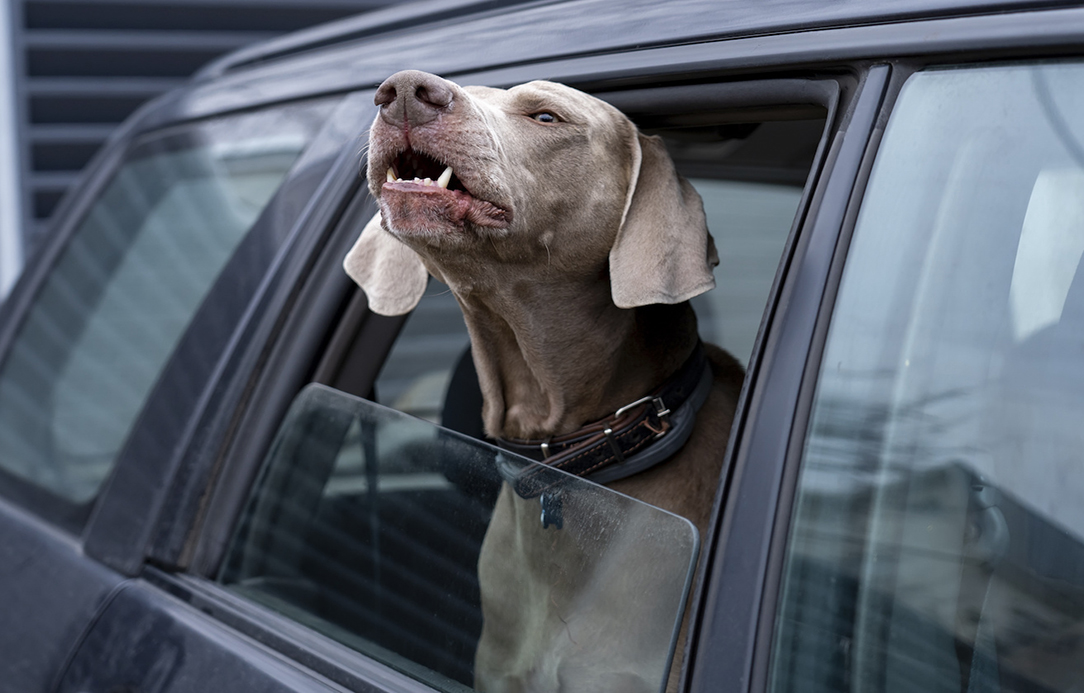
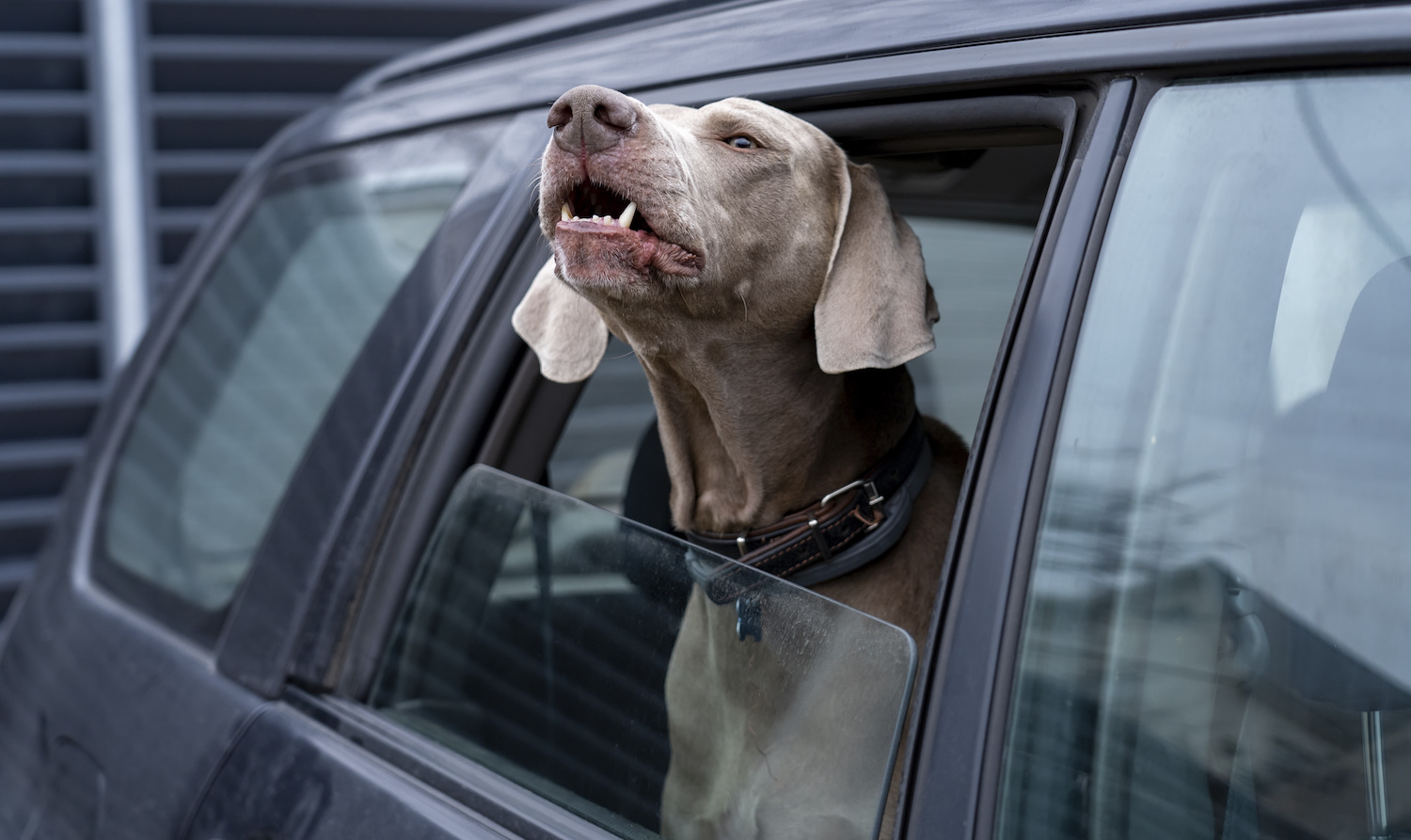 For some dogs, everything they can see from a car window can be exciting or very scary and needs to be barked at, while others can be very territorial about their owners’ cars.
For some dogs, everything they can see from a car window can be exciting or very scary and needs to be barked at, while others can be very territorial about their owners’ cars.
Barking while travelling can actually be self-reinforcing for the dog: they see something that triggers the behaviour, they bark, then within a few seconds (because you have driven past the trigger) the cause of the barking disappears. In your dog’s head, the barking worked – it got rid of the thing or person that caused the barking, so the behaviour is reinforced, and is likely to recur. We need to change that belief by stopping the barking as soon as a dog starts to practice the behaviour. The longer a behaviour is practiced the more likely it is to become a habit, so stopping the behaviour is extremely important, because habits are very difficult to break.
Aggressive behaviour, while the car is stationary, would be very concerning, a danger to the public and leave you in breach of the Dangerous Dogs Act. We would strongly recommend seeking the help of a behaviourist if your dog behaves in this manner.
The following strategies may help to stop your dog barking in the car:
Use a Crate
Firstly, if you don’t use a crash tested dog crate in your vehicle, please get one in order to protect your dog, yourself and your family in the event of an accident. Read more about the importance of using a crate here. Crate training is an important strategy, even if your dog doesn’t use a crate in any other situation. If your dog is trained to settle in a crate indoors, they’re much more likely to settle in a crate in the car.
Cover the crate with a sheet or blanket
Covering the crate takes away most of the scary, exciting, or otherwise, triggers so that your dog is unable to see them. This will enable him to relax and settle much more easily. It has the added advantage of keeping the sun off the dog while travelling which can also help them to enjoy travelling and lower everyone’s stress levels.
Train Them to Settle with Treats
This should only be done when you’re stationary, or when you have a passenger to dispense the treats. Watch your dog closely so that you can try to anticipate what’s triggering the barking (passers-by getting too close, bicycles, other dogs?). This will help you quickly distract your dog with a small treat before they start barking. Over time, this will persuade them that the appearance of the trigger means that they will get a treat, both distracting them from the barking and creating a positive association with the subject. Over time, often a very short time, the dog learns that barking just isn’t needed.
Lots of tasty treats may be required for this type of training, so use treats that are very small but delicious. Chopped-up cheese or sausage works very well, cut into small pea-sized cubes.
Keep Your Dog Busy
Chew toys and long-lasting dog chews are great for keeping your dog occupied, whether they’re travelling or waiting in the car. Puzzle-style dog treat toys, which require your dog to put some thought and effort into reaching the tasty treats trapped inside, are particularly good for car journeys, as they hold your dog’s attention. Chewing and licking also bring the dog’s arousal levels down, further reducing the likelihood of the dog to reacting to anything outside the vehicle.
What If These Strategies Don’t Work?
If none of these strategies work, then seek advice from a dog behaviourist. They will be able to establish the cause of your dog’s barking and create an intervention plan that you can work on with your dog.

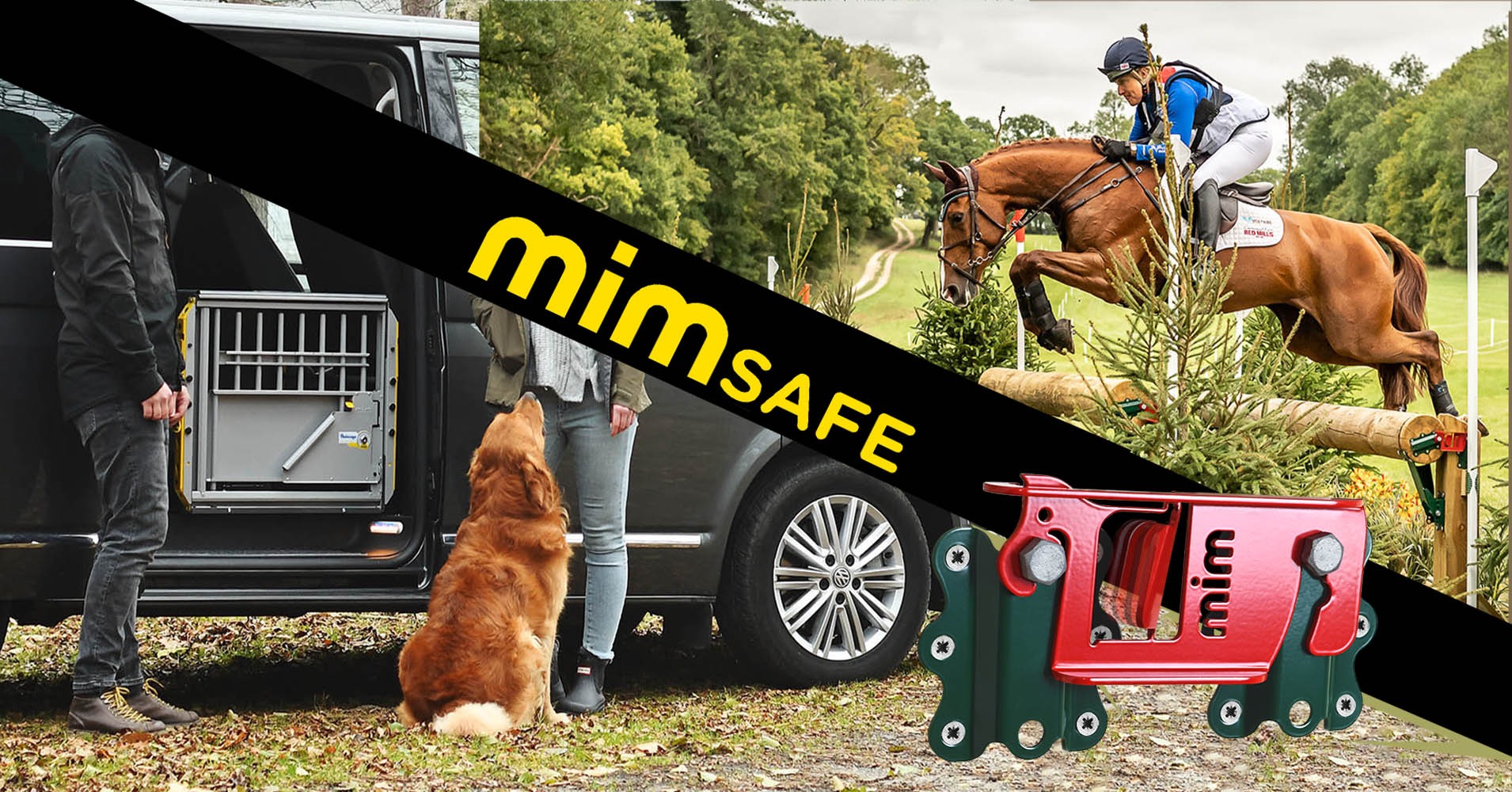
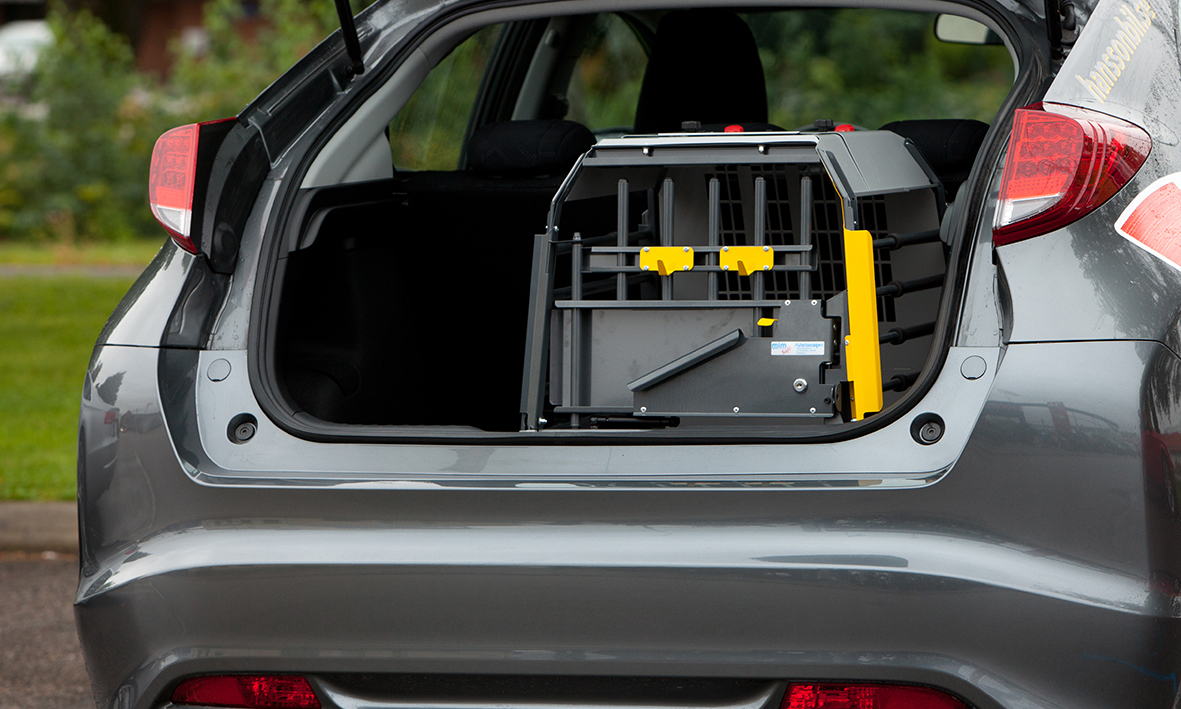


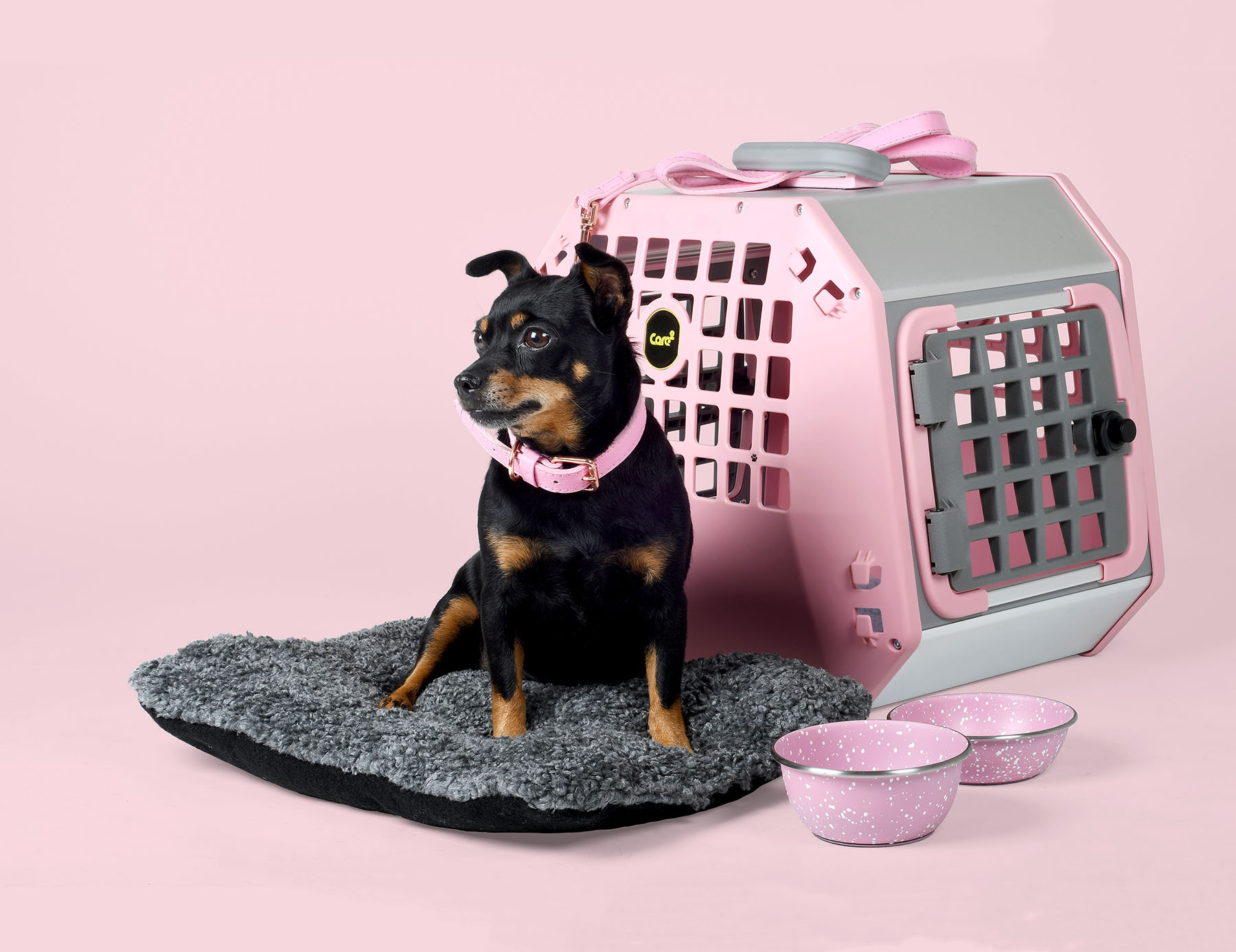
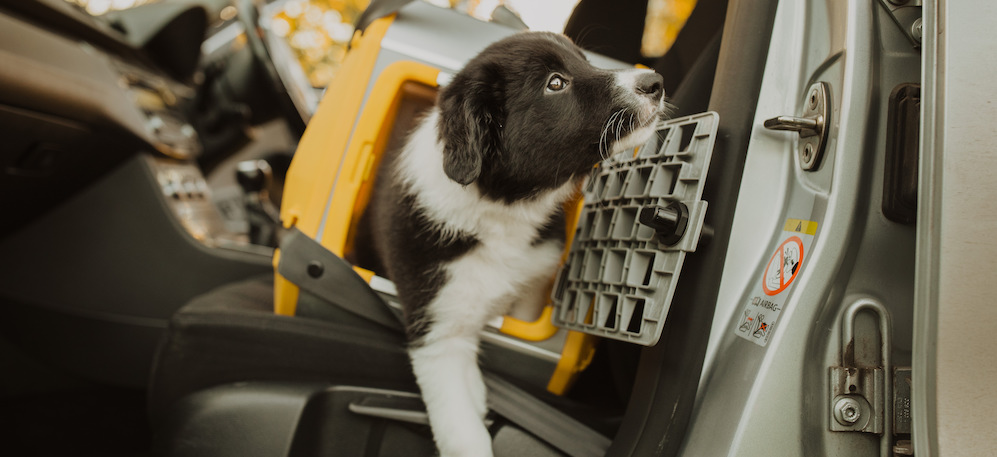
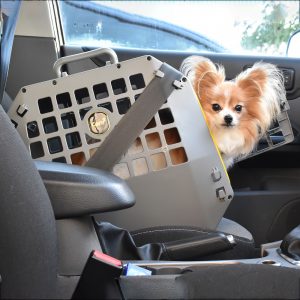
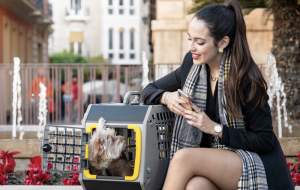 Conclusion
Conclusion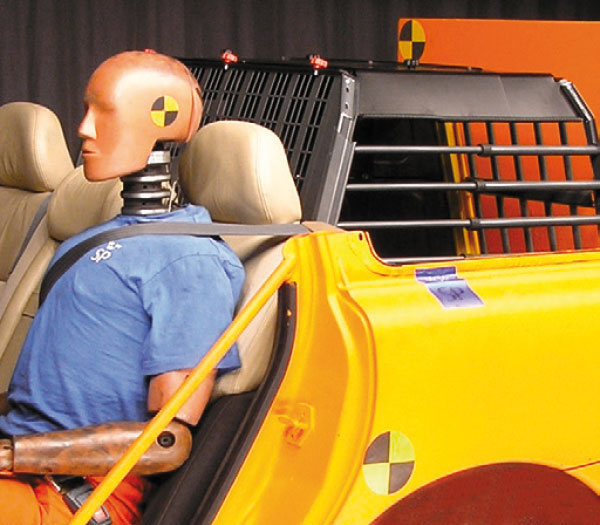
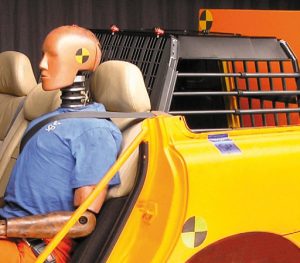 Most people searching for a dog crate will be aware that many organisations claim that their crates are crash tested. However, shockingly, our industry is completely unregulated and any organisation can claim that their dog transport products have been crash tested without being required to demonstrate any adequate proof that this is the case. Some organisations may crash test their products very minimally, only measuring impact from one direction. Most only carry out computer-simulated crash testing, meaning that their dog transportation products are never tested in a real-life crash situation until it happens to the customer and their dog with devastating results. Even worse, any company can claim that their products are crash tested when they may have failed the crash tests.
Most people searching for a dog crate will be aware that many organisations claim that their crates are crash tested. However, shockingly, our industry is completely unregulated and any organisation can claim that their dog transport products have been crash tested without being required to demonstrate any adequate proof that this is the case. Some organisations may crash test their products very minimally, only measuring impact from one direction. Most only carry out computer-simulated crash testing, meaning that their dog transportation products are never tested in a real-life crash situation until it happens to the customer and their dog with devastating results. Even worse, any company can claim that their products are crash tested when they may have failed the crash tests.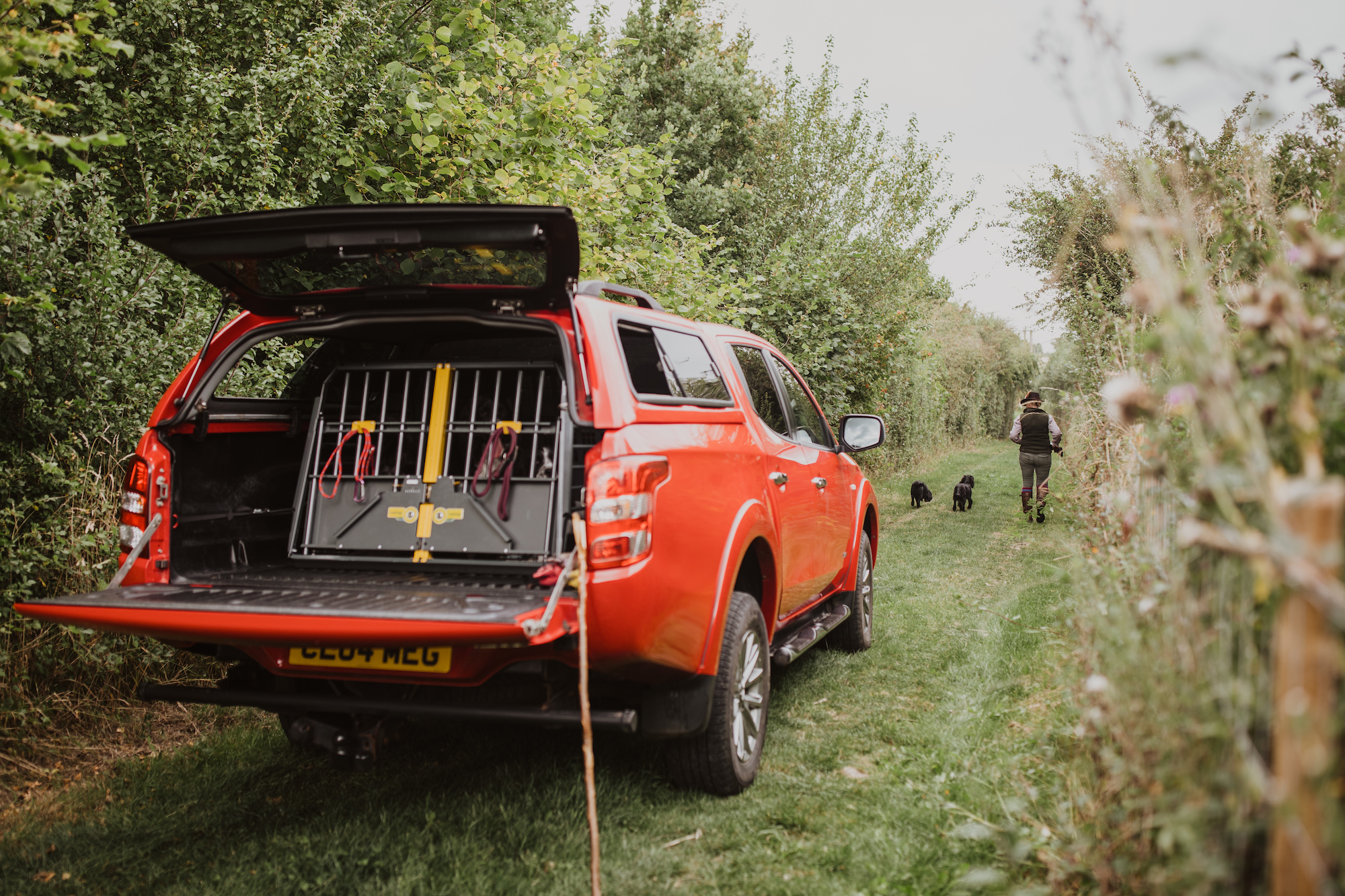

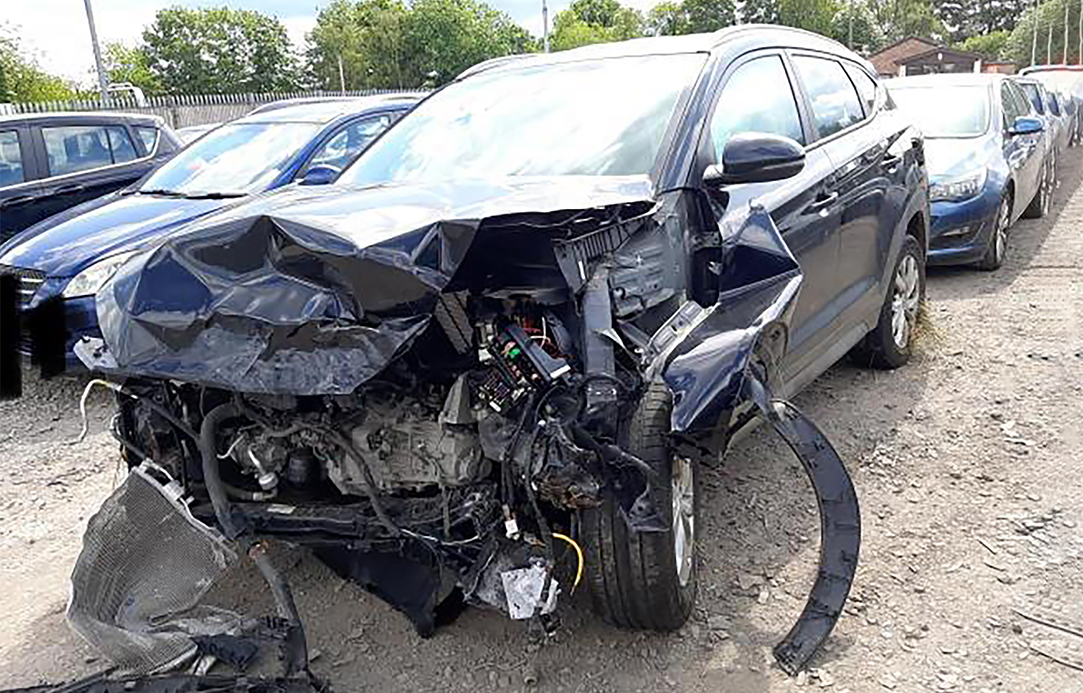
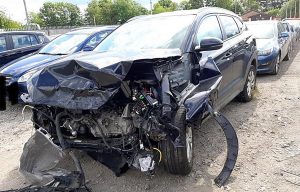 Late one night in early 2021, Laura Oldbury-Churchwood and her two miniature long haired dachshunds, Murph and Morticia, were involved in a terrifying road traffic accident that left their car completely destroyed. Thankfully, Laura survived the accident, and Murph and Morticia, who were both travelling in a MIMsafe Variocage dog crate, were uninjured, although understandably a little shocked.
Late one night in early 2021, Laura Oldbury-Churchwood and her two miniature long haired dachshunds, Murph and Morticia, were involved in a terrifying road traffic accident that left their car completely destroyed. Thankfully, Laura survived the accident, and Murph and Morticia, who were both travelling in a MIMsafe Variocage dog crate, were uninjured, although understandably a little shocked. We know from our own crash testing, and research on road traffic accidents, that in collisions such as this, even in the unlikely event that dogs do survive such an impact, the shattering of the glass in the back window, which almost always occurs, is an additional hazard. Dogs involved in such accidents may get loose, and often run into traffic in terror, where they can be killed, lost or cause a further accident.
We know from our own crash testing, and research on road traffic accidents, that in collisions such as this, even in the unlikely event that dogs do survive such an impact, the shattering of the glass in the back window, which almost always occurs, is an additional hazard. Dogs involved in such accidents may get loose, and often run into traffic in terror, where they can be killed, lost or cause a further accident. We’re the ONLY dog crate designer and manufacturer that carry out comprehensive crash testing, in which we test our crates in situ in the vehicles. This ensures that not only are the crates safe in standalone testing, but also that they work in tandem with the car’s safety features and crumple zone to keep dogs and humans as safe as possible. We also research real life road traffic accidents and keep extensive records of data to ensure that we are designing crates that will withstand many different eventualities.
We’re the ONLY dog crate designer and manufacturer that carry out comprehensive crash testing, in which we test our crates in situ in the vehicles. This ensures that not only are the crates safe in standalone testing, but also that they work in tandem with the car’s safety features and crumple zone to keep dogs and humans as safe as possible. We also research real life road traffic accidents and keep extensive records of data to ensure that we are designing crates that will withstand many different eventualities.
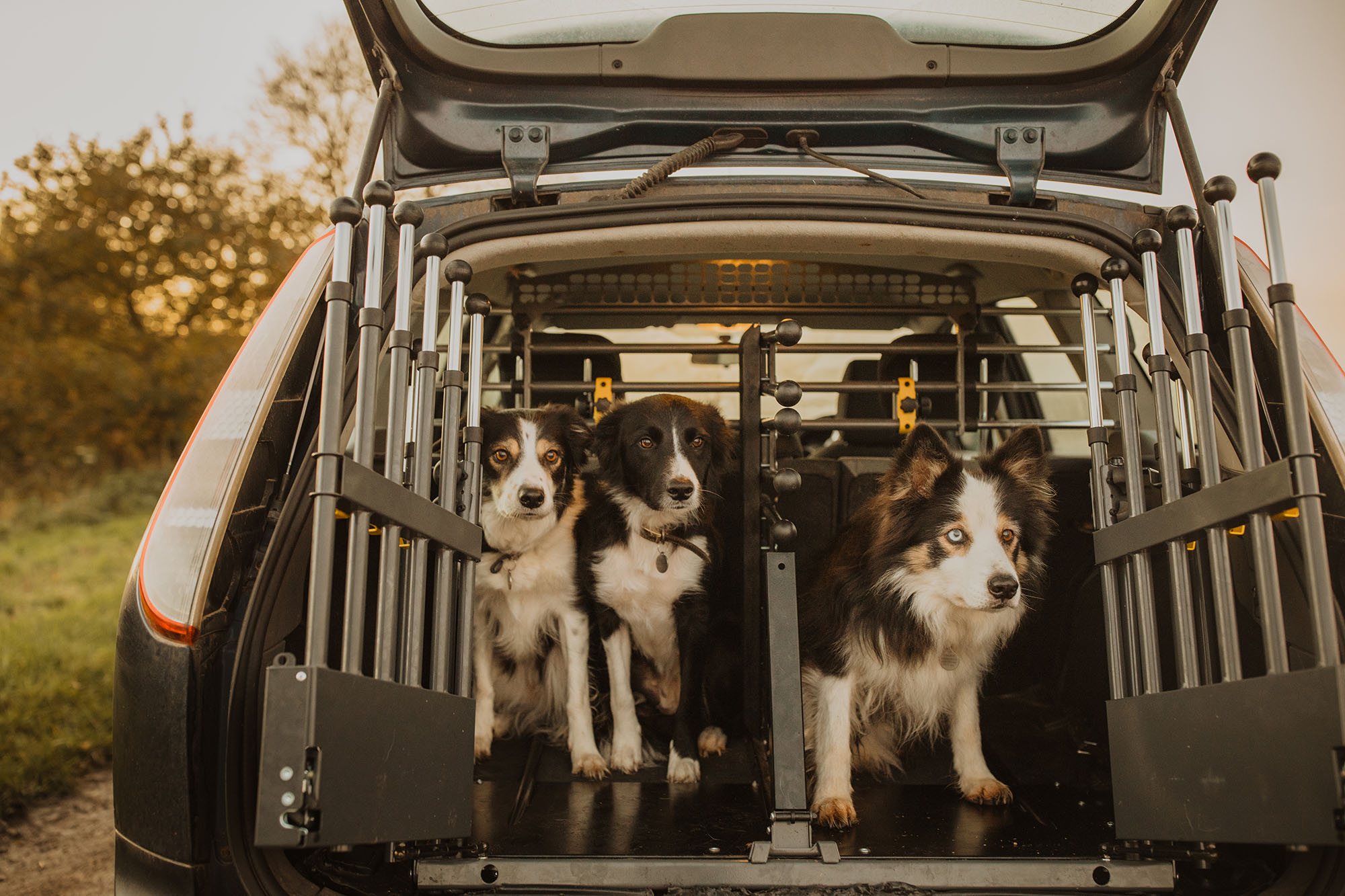
 The
The  The second option for a dog crate with divider is the
The second option for a dog crate with divider is the 